By Heather Poyner and Michael Mitchell, October 2023
The Institute for Applied Ecology’s Idaho Rare Plant Crews concluded another season of rare plant surveys for the Bureau of Land Management (BLM) in July 2023. For three months, we called the sagebrush steppe our home, performing botanical surveys and camping across south central Idaho. The data we collected will be used to determine the occurrence and status of special status plant species on land managed by the BLM.
Covering five counties–Elmore, Camas, Gooding, Lincoln, and Blaine–and 3,000 feet of elevation, we focused our efforts on three rare plant species across 38 field sites. Our target species list included the Mourning Milkvetch (Astragalus atratus var. inseptus), Boise Milkvetch (Astragalus adanus), and Bug-leg Goldenweed (Pyrrocoma insecticruris). At each site, we counted the number of individuals of each target species, collected data on their phenological state (i.e. flowering, fruiting, etc), and mapped the geographic extent of the population. Many of our sites hadn’t been surveyed in decades, so we took extensive notes on the associated plant community and the health of the landscape, including any disturbances that could impact the target species’ survival.
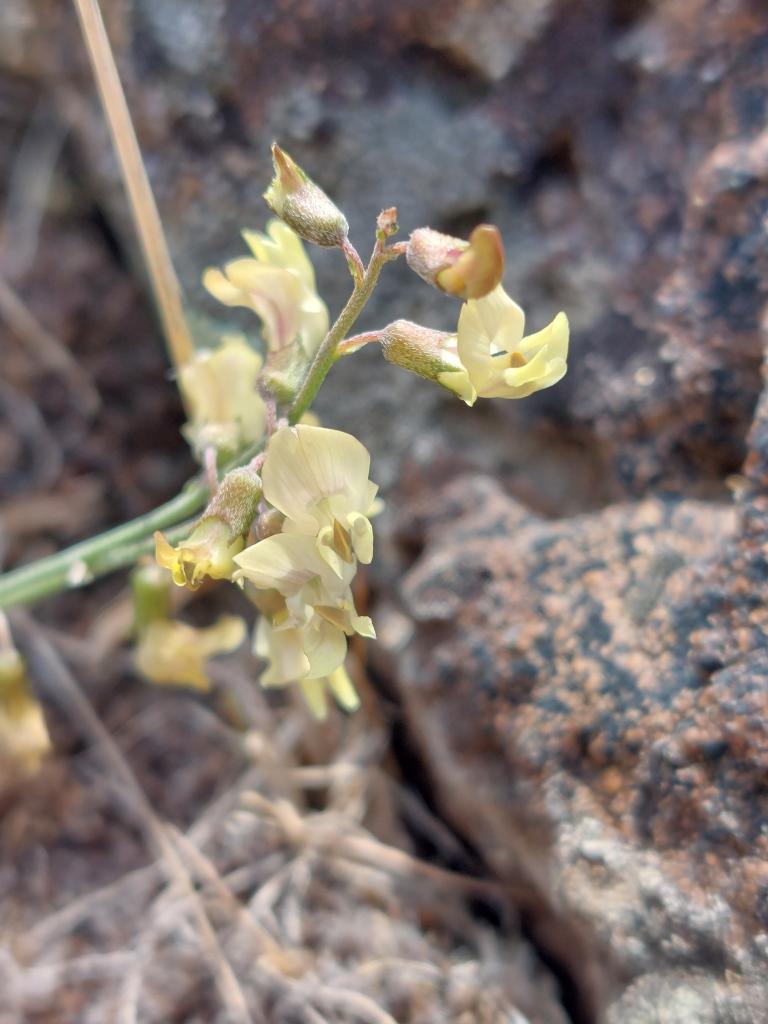
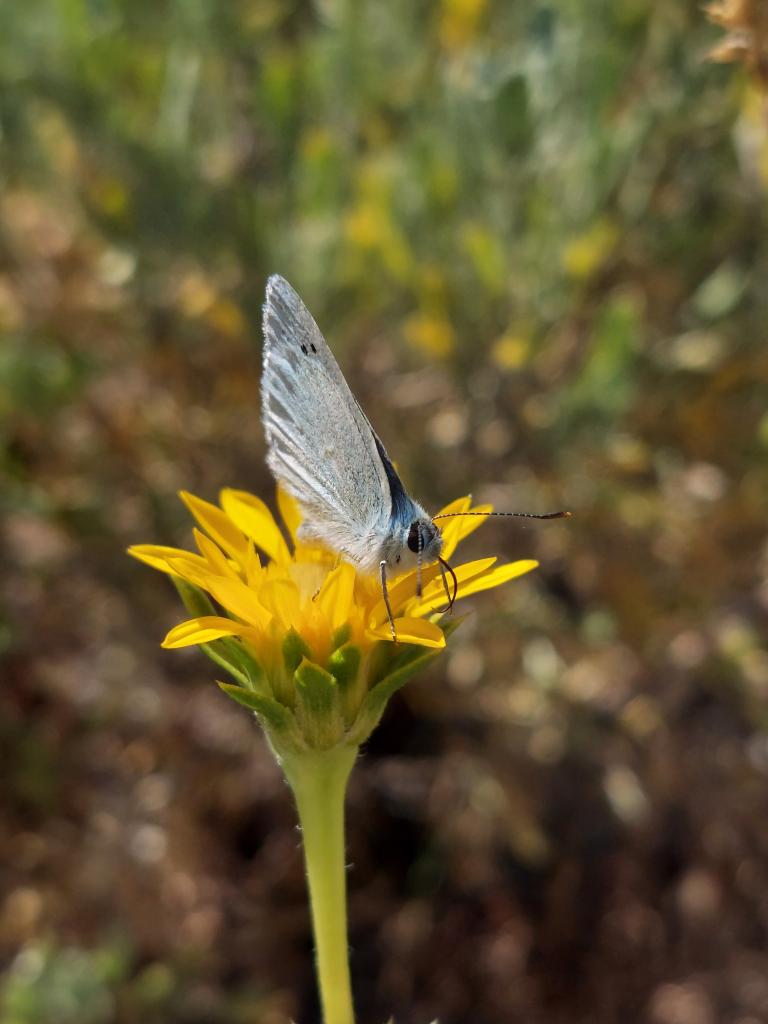
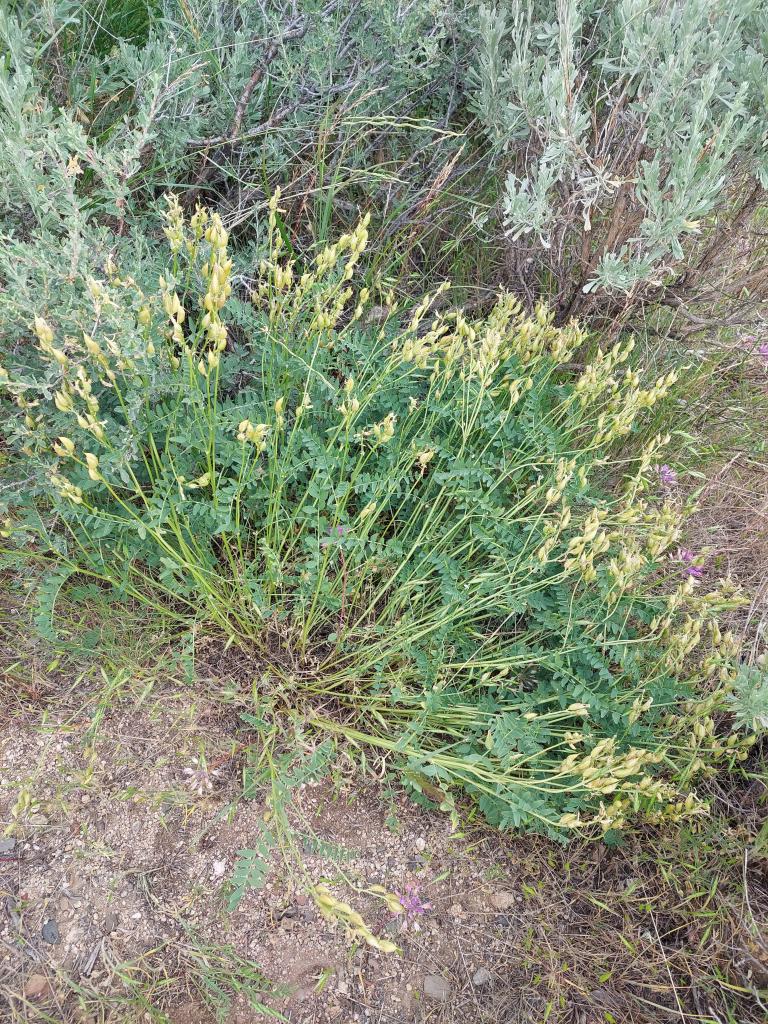
Our season spanned from early May through mid July and we witnessed the subtle changes of the sagebrush steppe as new species began to bloom each week. The beginning of the season started off with a bang thanks to almost daily thunderstorms and onslaught of ticks. But no amount of lightning or arachnids could hold us back! At one site we observed almost 7,000 A. atratus var. inseptus individuals, and we surveyed the easternmost occurrence of A. adanus. Our surveys lead us to many hidden gems across the Idaho foothills, from epic rock formations at Little City of Rocks and Craters of the Moon National Monument to pristine sites bursting with wildflowers and bumblebees. After long days of hiking many miles, we would unwind by taking a dip in the Magic Reservoir or basking in the glow of a high desert sunset.

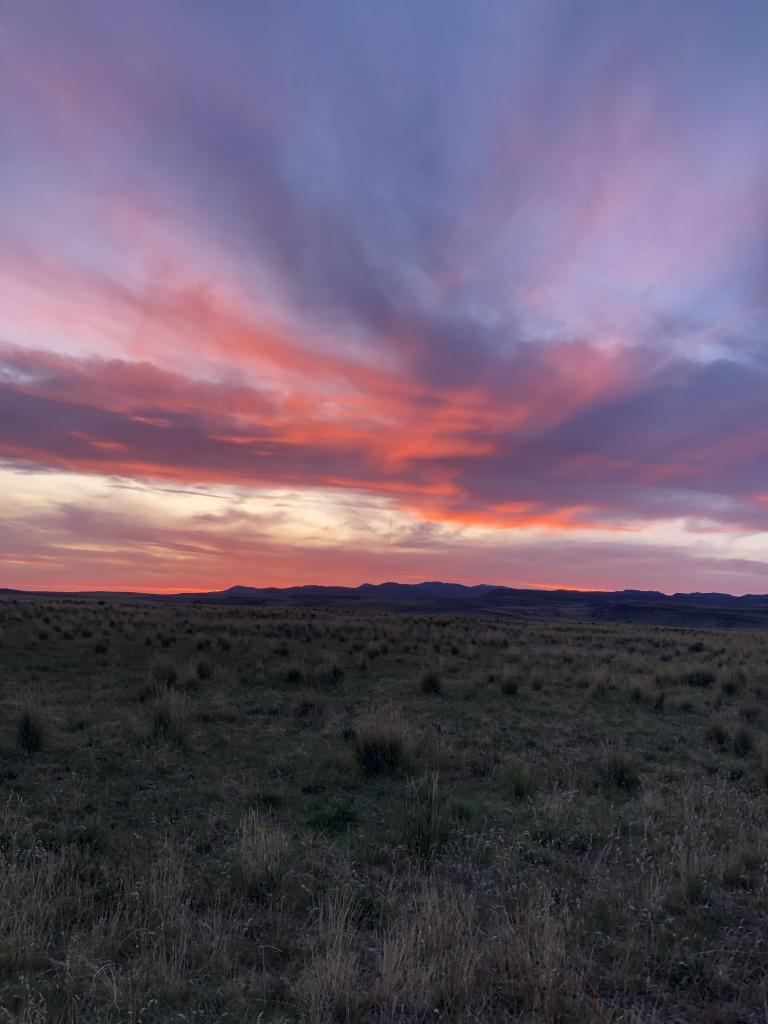
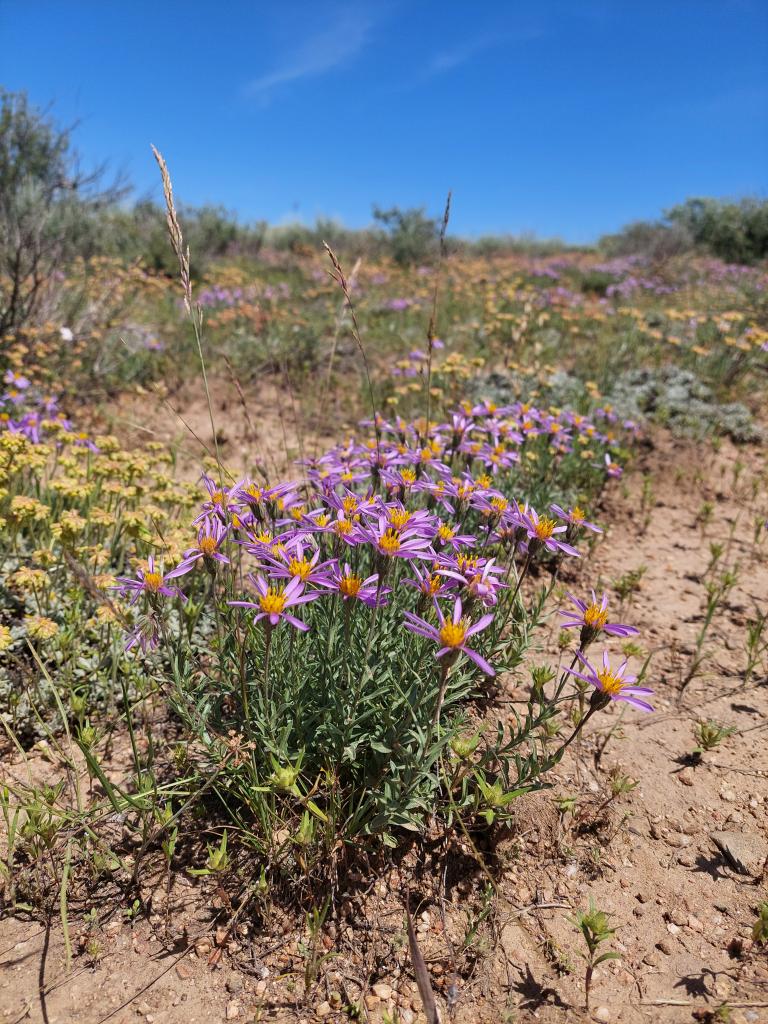
In early July, we traveled north to work alongside another IAE Rare Plant Crew in the BLM Cottonwood Field Office. We surveyed the Craig Mountain Wildlife Management Area for the federally listed Spalding’s Catchfly (Silene spaldingii). That week brought new challenges in the form of very hot weather and steep terrain, contrasting the rolling hills we had been surveying all season. It was easy to bond with our Cottonwood counterparts, My-Lan Le and Thomas Buchloh, while scrambling up and down golden hillsides and cooling off in a cabin that Idaho Fish and Game kindly allowed us to stay in.

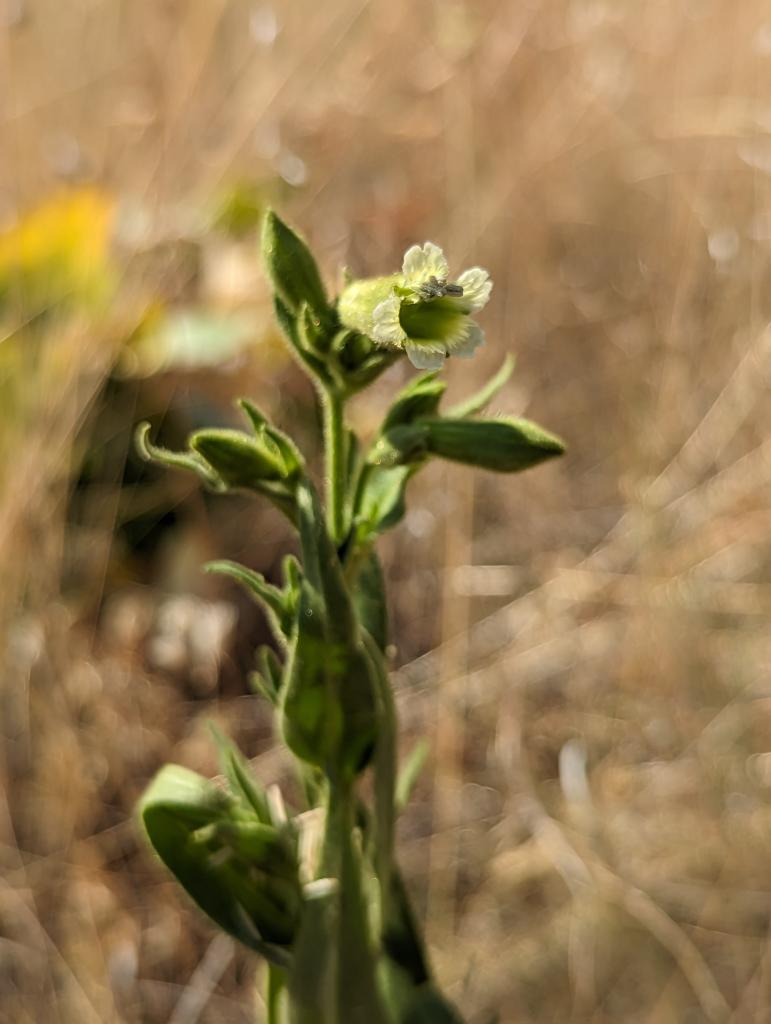
Our data is already being used to inform land management decisions that will protect these special status plant species. We are grateful to the Bureau of Land Management for the opportunity to work with these rare plant species and explore a unique part of Idaho!

About the authors:
Heather Poyner (Crew Lead) has spent the past two years traveling around the country for a variety of field jobs, which have included plant diversity sampling in Yellowstone National Park and trapping frosted flatwoods salamanders in St. Marks National Wildlife Refuge. This was her second field season in southern Idaho and she is grateful for the opportunity to get to know the flora more intimately. In the fall, she will begin a Master’s in Entomology at Kansas State University to study pollination networks. Outside of the field, she enjoys hitting the trails, knitting, and salsa dancing.
Michael Mitchell (Technician) has a diverse background when it comes to plants, ranging from agriculture, horticulture, to restoration. Before this field season, he was living in Portland, OR, working as the nursery manager at a local community college’s native plant center where he taught students how to propagate, care for, and outplant a wide range of native plants. His next chapter in life will take him to the University of Oregon to begin a Master’s in Landscape Architecture. He plans to focus on ecological design in his studies and the diverse plant compositions of the Idaho foothills has left him feeling inspired. When he’s not working with plants, he enjoys creating music, looking at bugs, and eating fruit right off the tree.